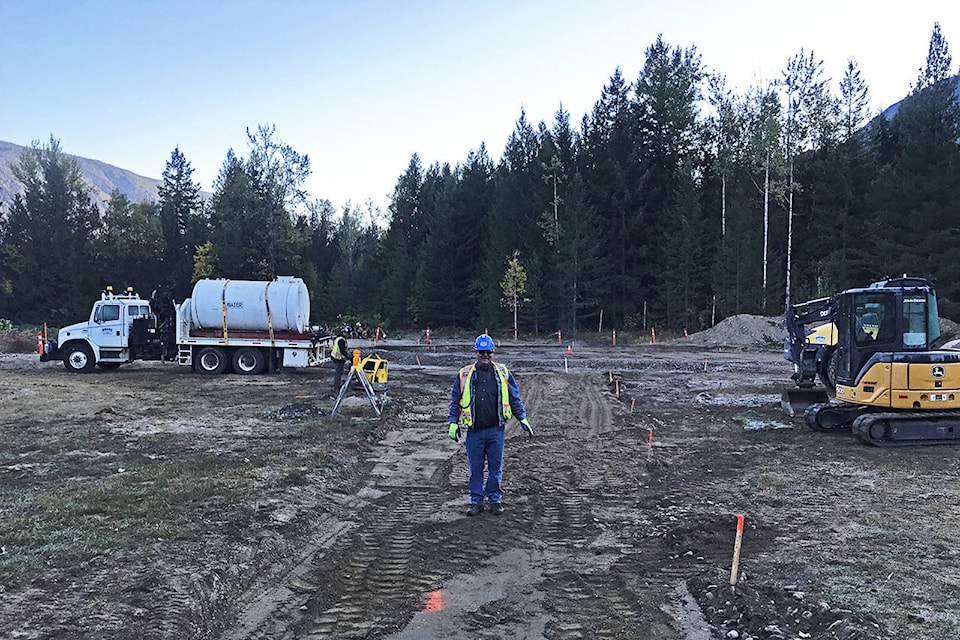A helicopter landing pad imagined by Revelstoke residents and made possible through generous community donations is becoming a reality.
Site preparation has begun at Queen Victoria Hospital, where the helipad will be located.
“Everyone at the hospital is really excited that infrastructure is in place,” said Dr. Cameron Molder, a Queen Victoria Hospital physician.
Currently, if patients require a transfer to another facility – usually Kamloops or Kelowna – they are in for an hour-long shuttle between the hospital and the airport, where helicopters are able to land.
The drive itself doesn’t take so long, Dr. Molder explained. But there are lots of tubes, wires and machines required to move patients and the process of transferring them from the hospital into an ambulance and again from the ambulance to the helicopter is what takes time.
But, with the new helipad going in at the hospital, “that’ll be a thing of the past,” he said.
Steven Hui, chairman of the Revelstoke Health Foundation, said there was a “15 maybe 20-foot asphalt target” at the hospital, but “in no way was it ever approved for landing for helicopters.”
Helicopter landing pads must be approved by Transport Canada.
The Health Foundation spearheaded the fundraising effort for the helipad and within five months, they had raised the monies required.
“That was a huge accomplishment,” said Hui. “Money just kept rolling in.”
The fundraising committee for the helipad is co-chaired by Hui and Fred Beruschi.
Major donations came from the credit union and the hospital auxiliary fund, but many individuals and businesses in Revelstoke stepped up.
Services worth “tens of thousands of dollars” have been donated as well.
“We’ve had tremendous support from day one,” said Hui.
The project is expected to cost $547,000.
Hui said that a surplus of donated funds will allow them to rough in de-icing technology in the pad, which will allow for a future snow-melting system.
The project is expected to be completed before the winter.
